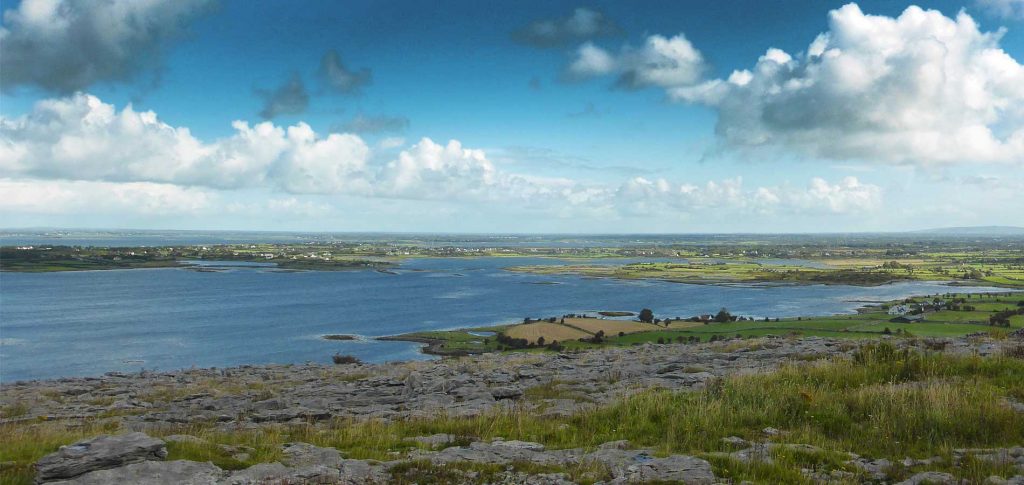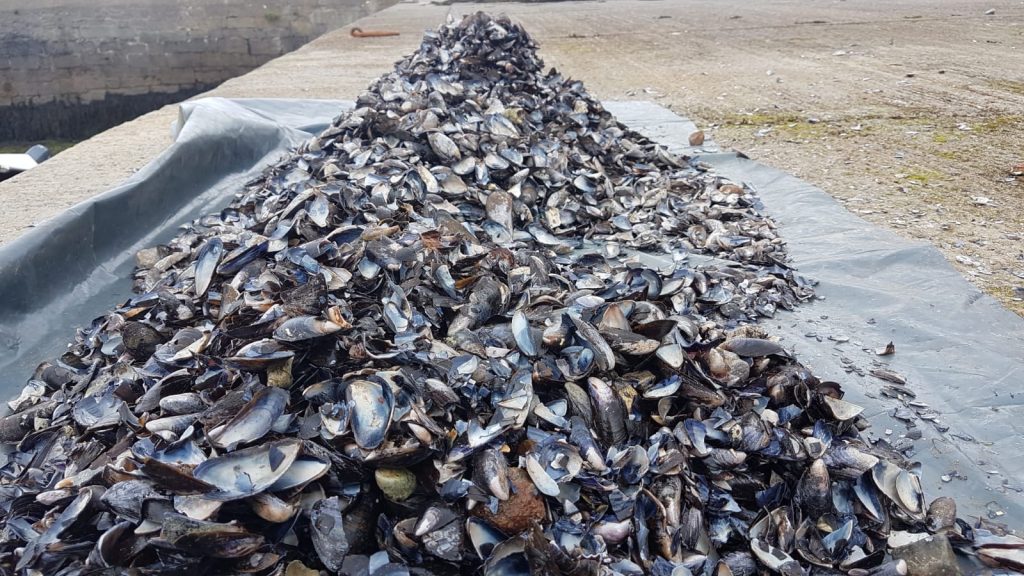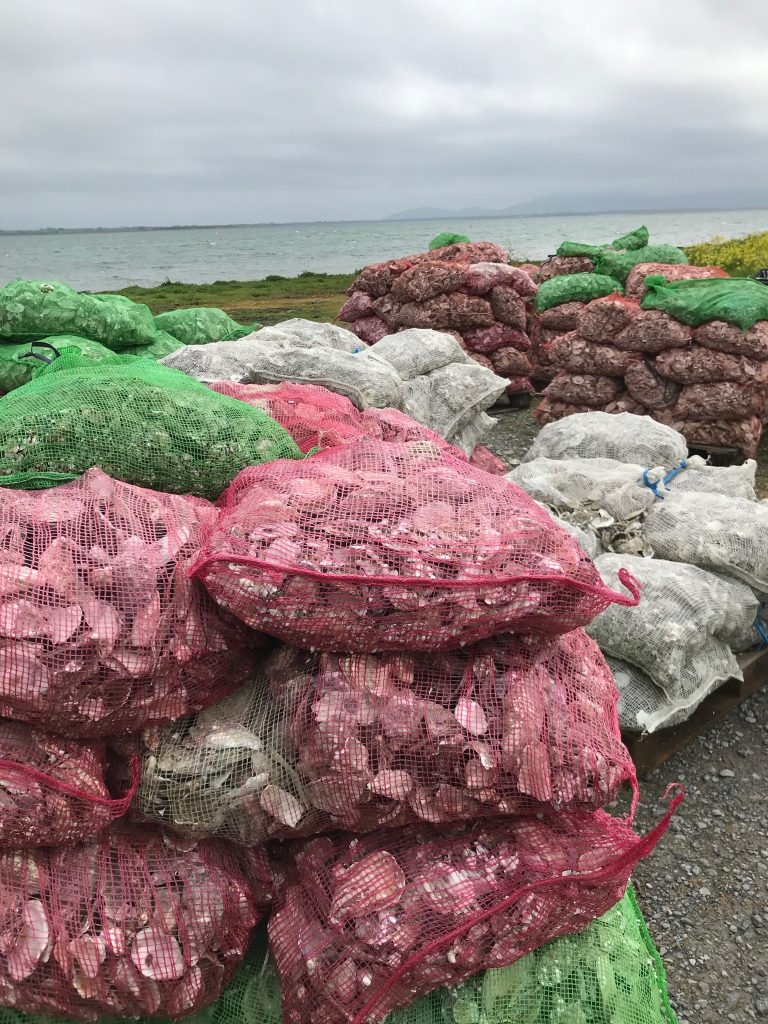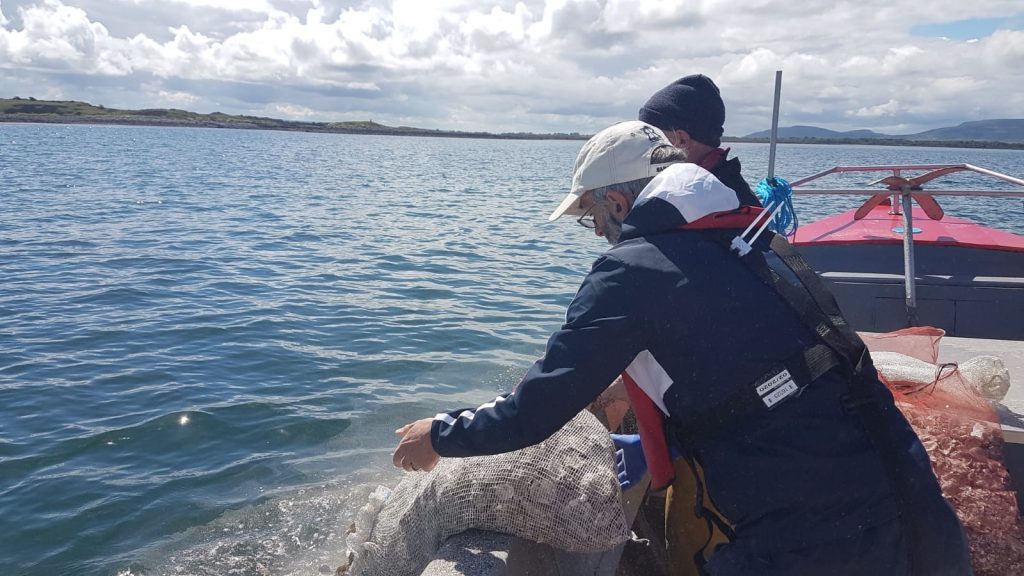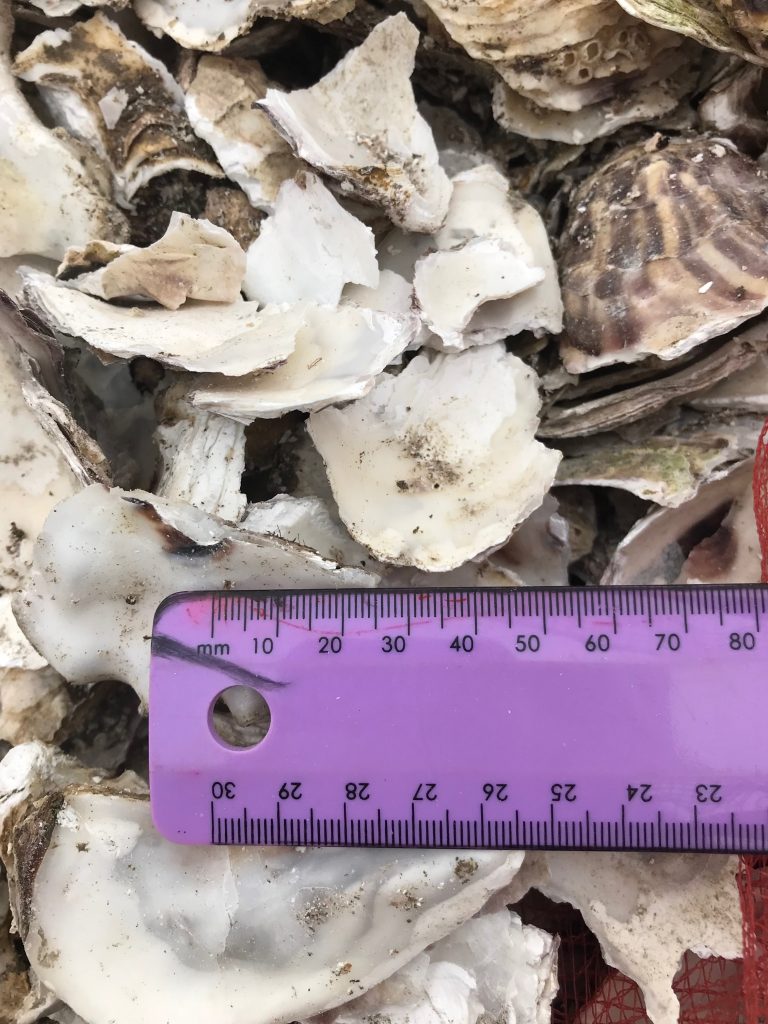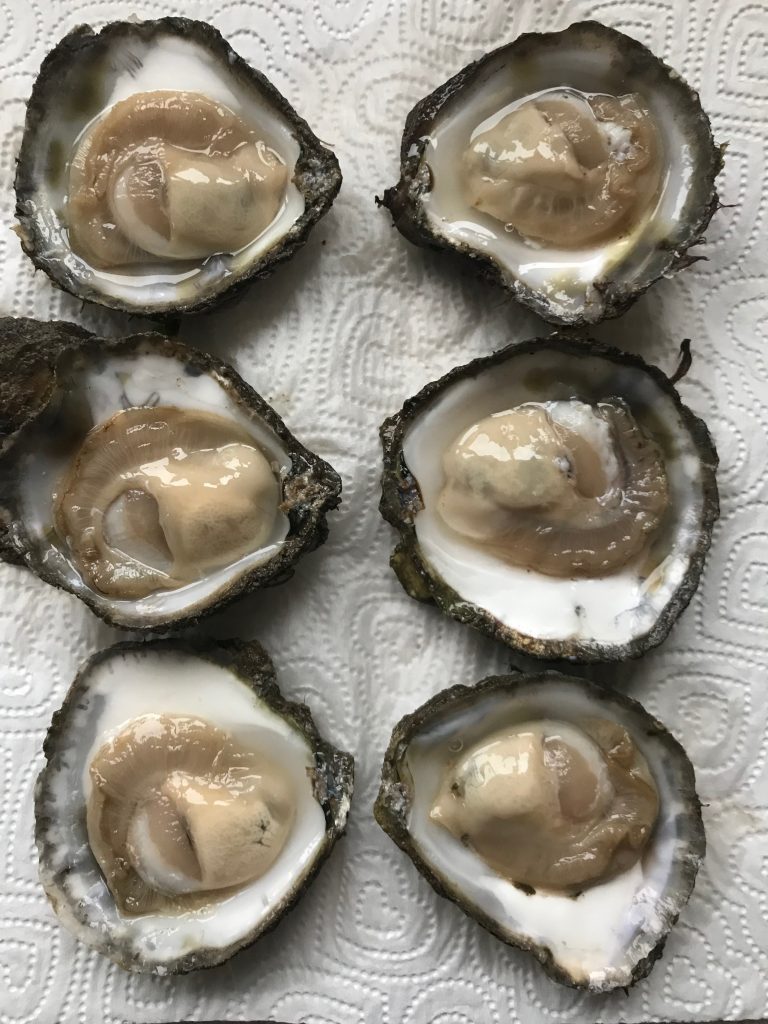Ireland still has a number of extant populations of European native oyster (Ostrea edulis) but where production and productivity is much reduced compared to historic levels. Restoration aims to identify the site specific issues that constrain oyster productivity and to intervene to offset these constraints. In Galway Bay increased freshwater inflows can change the salinity regime and increase siltation resulting in a shift in the distribution of suitable habitat for oysters.
The existing model is refined to include more detail on freshwater inputs from rivers and groundwater, since salinity distribution is one of the key parameters determining a suitable habitat for oysters.
The Marine Institute reviews the availability of nutrients data and adopts common protocols for mapping suitable oyster habitats. Requirement for the development of a biogeochemical model for the region will be reviewed following the consultation with Cuan Beo and project partners. The proposed activities and the online toolbox for knowledge transfer, through training, to the end users will significantly contribute towards the capacity building in the area of oysterground restoration and bivalve production in Ireland.
The forcast data used by the services in the Galway Bay are based on ROMS-based hydrodynamic prediction systems, providing three days of forecasts on the physical states of the water, including temperature, salinity, sea surface height and ocean currents.


